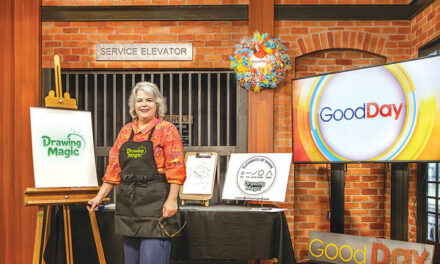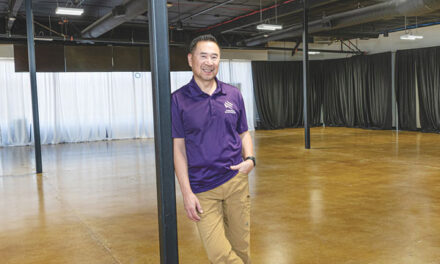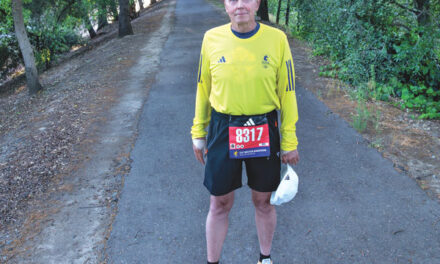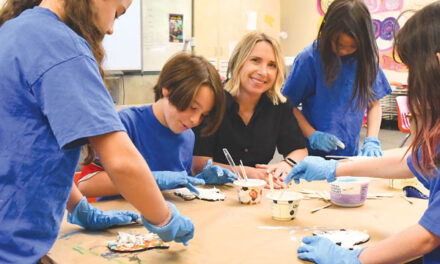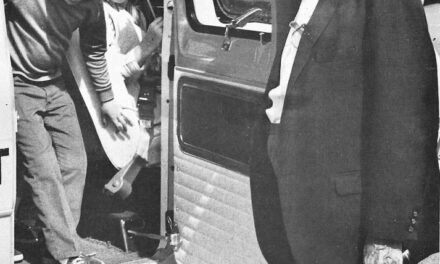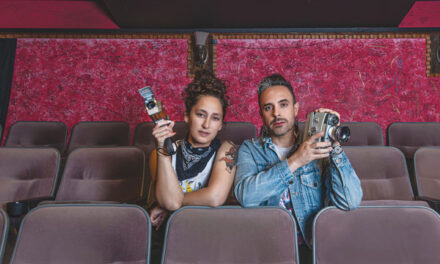Daniel Owens has a theory. He says, “In every art form, there are envelope pushers and archivists. Both play very important roles. But it’s been very helpful for me to figure out which one I am.”
Throughout his career as a musician and teacher, Owens pushed. He was halfway through a degree in classical trombone performance at San Jose State when he realized he didn’t fit the classical world. He transitioned to jazz and salsa, composing and performing his own work.
His decision to study trombone was unconventional. Raised in a musical family and playing piano, in middle school he craved the community of a band. He switched from piano to trombone and “caught the bug,” joining every band possible.
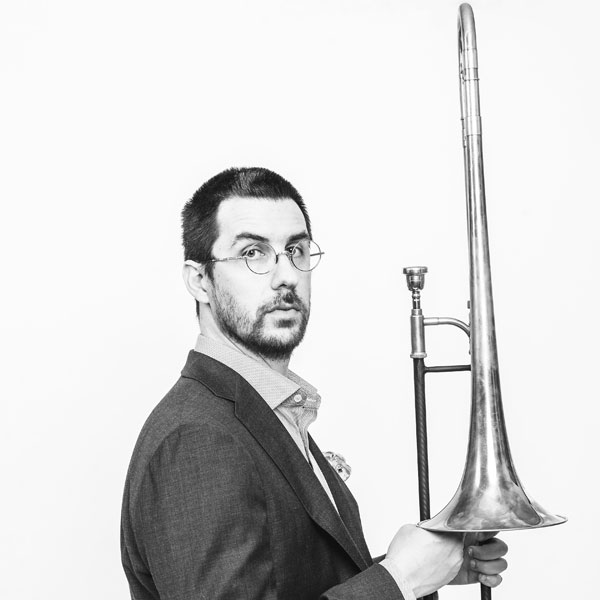
In college, he studied classical trombone instead of jazz. Classical students got an hour of music instruction per week instead of 30 minutes. He knew practice was key to a musical lifestyle—a message he instilled in students he taught in San Jose, New York and Sacramento.
“The lifestyle creates the art,” Owens says. “I always ask my students, ‘Are you sleeping right? Making yourself meals? Exercising? Do you find yourself getting frustrated (when you practice)? What are your tools for dealing with that?’”
A new crop of students has access to Owens through The Center for Musical Arts, a hub of lessons and performance Owens founded in July with four friends at 21st Street and Broadway.
The center offers instruction in strings, brass, woodwinds, piano, percussion, guitar, bass and voice. There’s space for students to explore the music industry and gain performance experience through group practice sessions.
Owens sees the center as filling a void in music instruction.
“Music education has some fundamental flaws,” he says. “It’s very much about how to play an instrument and very little about making a living as a musician—taxes, contracts, understanding how to take on students, which is all part of the art form.”
Owens is pleased by the “really beautiful, budding music scene” in Sacramento, and support from the city’s Office of Arts and Culture. But he notes, “From a jazz-centric point of view, there’s a voice missing. I wanted a place that had more to offer, a gathering place and a microcosm of the music industry for beginners to professionals.”
“CMA is about the music, the community and growing the scene here from an empathetic place with patience, upping the standards across the board,” he says of his arts center.
The center has six practice rooms. Two fit small ensembles. A bigger room hosts large groups, workshops, live performances and events such as the weekly Shed Sessions Owens leads with Joey Archie.
While “sheddin’” (a jazz term for practicing), students work on fundamentals as a group, focusing on one jazz standard per month. A public jam session the last Monday of the month pulls everything together.
“I’ve found a great deal of joy around teaching the fundamentals,” Owens says. “I might not be playing a gig in front of a crowd every night, but if my job is to have my horn with me and talk about music, then I’m living a pretty great life.”
For information, visit centermusicalarts.com. The Center for Musical Arts is at 2564 21st Street.
Jessica Laskey can be reached at jessrlaskey@gmail.com. Follow us on Facebook and Instagram: @insidesacramento.




